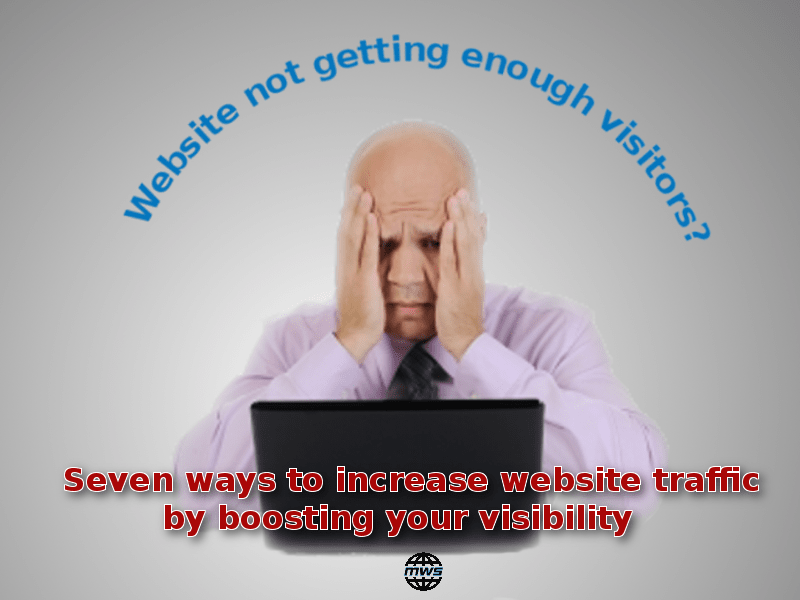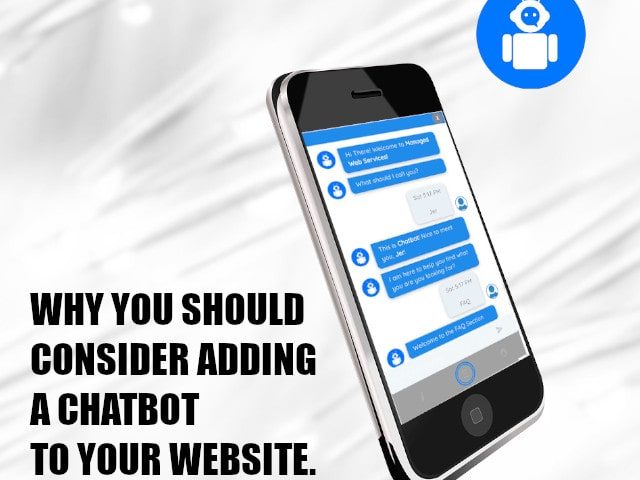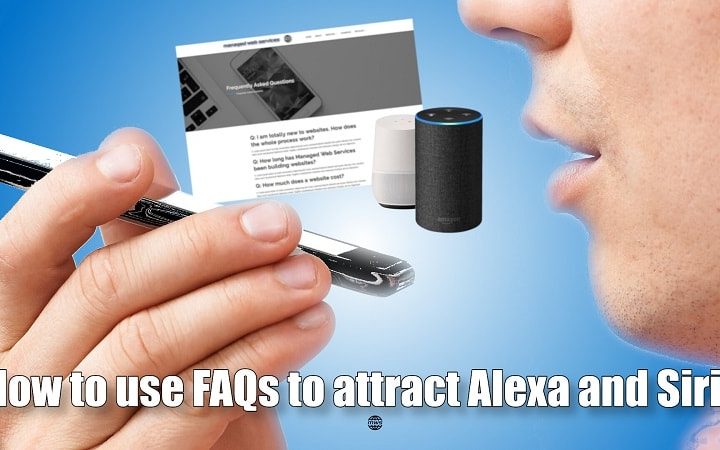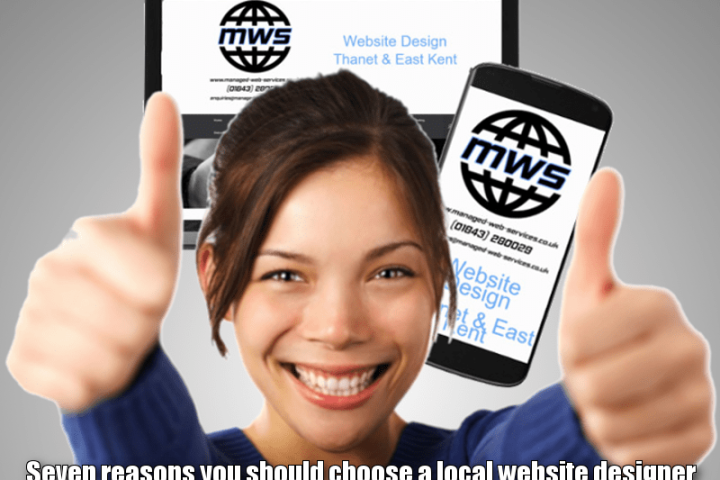Increase website traffic by making your website easy to use
If you want to increase website traffic you must ensure that it is easy for people to use and for search engines to crawl. Here are a few simple things that you can do on every page of your website to search engine optimise (SEO) your site to increase the visibility to search engines and create a better user experience (UX).
1. Don’t make your Page Title too long.
You may experience low website traffic if your page title is too long. Remember that the ideal length for a Page Title is 70 characters. You should make sure your target keyword is near the beginning.
2. Don’t use too many Headlines on a page.
Levels of website traffic are affected by how well your webpage is laid out. The main headline on any page should be an (H1) tag, it tells the search engines which is the most important headline on the page. Make sure you only use one (H1) per page or you will confuse the Search Engines with disastrous results for your page ranking. It is essential to include your keyword in your headline.
3. Ensure your Meta description is well written.
The meta description describes your page to search engines and is displayed on the search engine results page. The meta description should be no longer than 320 characters, and should include your keyword. Good meta descriptions are accurate, but should also be a teaser which invites users to click on your page. It is often a good idea to start a meta description with a verb such as “Learn” or “Read.” A well written meta description will help increase your click through rate (CTR).
4. Ensure your Page Copy is easy to read.
Low levels of website traffic are often the result of poorly written content. Make sure your Page Copy is easy for people to read. The fact is that most people don’t actually read websites, they scan them, so make your copy easy on the eye. You should avoid large blocks of content. It is a good idea to use bulleted or numbered lists. You can use subheadings, (H2) and (H3) tags to further break up your content. Also use Bold or italicized words and phrases to bring out your key points. Include your target keyword at the top of the page and at least two or three times throughout the rest of your copy and include variations on your keyword. Above all avoid keyword stuffing.
5. Ensure your Pictures are properly labelled.
It is not enough to simply caption your images, you should make sure that they are properly described using Image alt tag. Search engines cannot see images so to improve your page ranking you should tell the search engine what the picture is. Once again it helps if you can use your focus keyword, but be careful that it is relevant.
6. Don’t make your URL too long.
Your Uniform Resource Locator (URL), commonly referred to a web address should be as short as possible. URLs are visible in search results and can impact on whether or not users click through to your website. Once again you should try to include the focus keyword for that particular web page.
7. Make sure you deliver on your promises.
Your website will be ignored if your content doesn’t live up to expectations. When a user decides to click on your web page they are doing so with an expectation of content based on certain promises. If you fail to deliver the content that you have promised then you have created a very bad user experience. Your keyword, which you have used in title, meta, H1, image alt tag or URL should accurately describe the content of your page.




